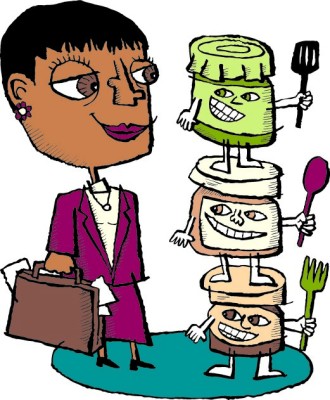
What to look for when buying good jams
More fruit than sugar
Check the ingredient label. Ingredients are always listed in order of quantity. If sugar is listed before fruit on the label you’ll probably want to move on. The maker has sacrificed flavor for sweetness and cost savings, sugar almost always being cheaper than good fruit. Almost all the great preserves I’ve had are made with more than 50% fruit, some top out at 70% plus! The more fruit, the more flavor.
Better fruit = better flavor
Great fruit does not travel well. It needs to ripen on the tree and vine. Once ripe, it’s prone to bruise and rot when picked if it’s not treated carefully. All the great preserve makers we carry are located very close to the orchards that supply their fruit. If they don’t pick the fruit themselves, they do as American Spoon does and buy from nearby farmers who grow and care for the fruit in the way they require.
Seek luscious texture
All good jams have a mouth-filling, juicy texture. Some have little details that make them extraordinary. American Spoon’s Early Glow Strawberry Preserves still has bits of whole strawberry. Robert Lambert’s marmalades have chunks of peel that are firm and taste like candied fruit. Meanwhile, be hesitant of any jam that has pectin as a primary ingredient. It makes the jam solid and, in my opinion, gets in the way of great texture.
What’s the difference between a jam, a marmalade, and a jelly?
Jams, conserves, and preserves are all sweet spreads made from whole berries or stone fruits. The names are often used interchangeably.
Marmalades are generally made from citrus and usually contain peel. They’re a little more bitter and tart.
Jellies are made with fruit juices. Pectin is used to keep them solid. They sometimes have less flavor than whole fruit jams, although there are notable exceptions including the Woods Apple Cider Jelly.